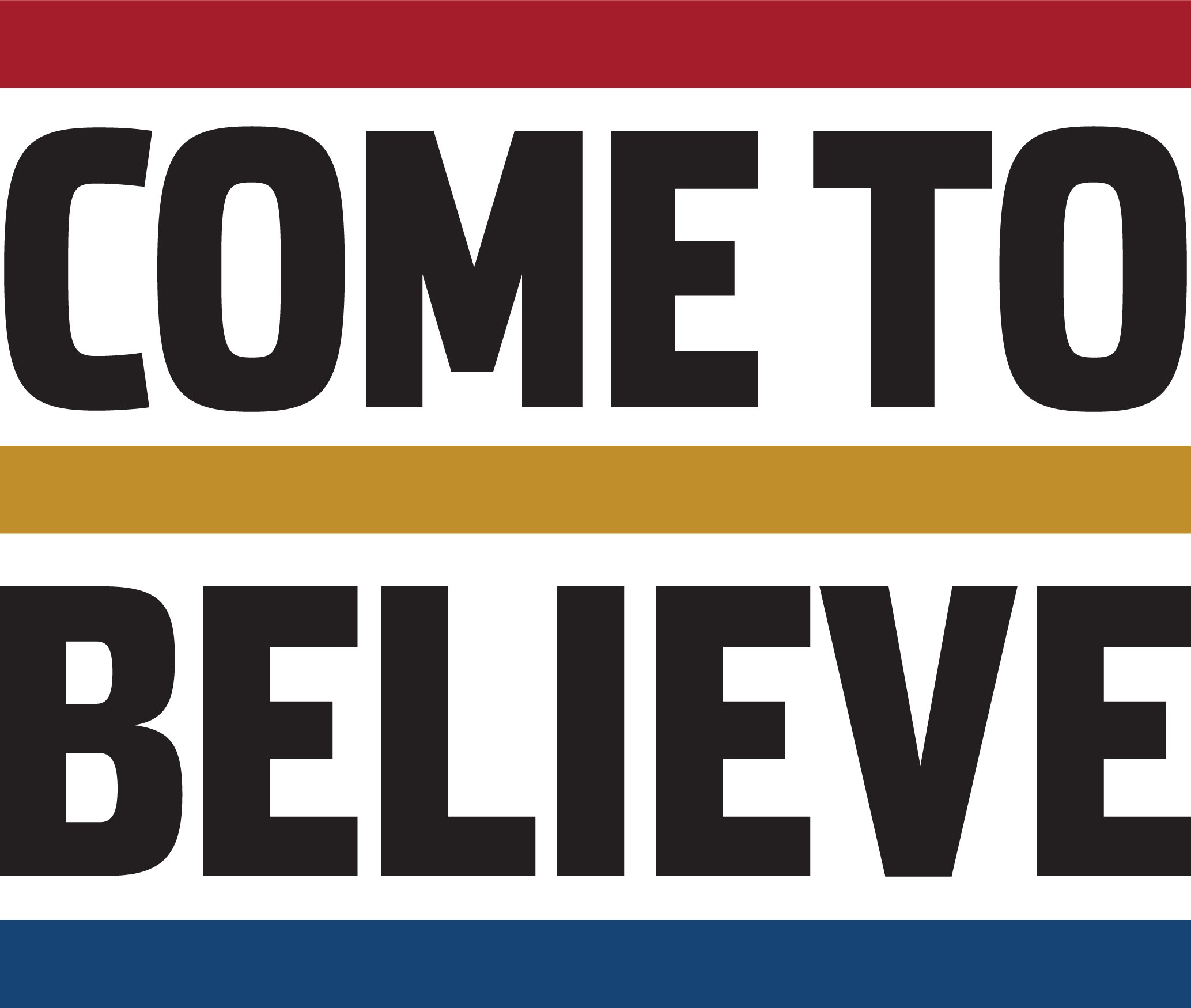CTB Kicks Off Third Design Grant Cohort
Members of the CTB team were joined by design team members of our third design grant cohort at Arrupe College in October 2024.
In September, Come to Believe began its work with its third design grant cohort, comprised of four institutions: the Catholic University of America (DC), Hollins University (VA), Saint Mary’s College (IN), and the University of Detroit Mercy (MI). The design grant program, first implemented in 2022, was designed to allow postsecondary institutions to explore the CTB model in depth and evaluate the feasibility of replication on their campuses.
The Structure of the Design Grant Program
As part the design grant program, each institution puts together a design team—a cross section of leaders with representation across key departments relevant to the CTB model including enrollment, advancement, student life, and career services—led by a designated project manager. This structure allows for institutions to build consensus and tap into expertise across campus.
In the fall, CTB works with design teams to explore the CTB model in depth, helping participants understand the various components of the model and how CTB model colleges achieve their exemplary results. In the spring, programming shifts to a customized feasibility study focusing on how the model could be replicated in each unique institutional context. CTB provides each participating with grants of up to $30,000, covering the full cost of the model.
Campus Visits
This year, as part of our fall programming, CTB will visit each participating institution twice—once in the early fall (these visits happened in late September and early October) and in mid-November. These visits are an integral part of our work with participating institutions—they provide crucial context about each institution and allow us to build strong relationships with all design team members. They also provide an early opportunity to envision what a CTB model college might look like on each campus—including touring buildings that might one day house new two-year colleges!
CTB’s Carlos Martinez offered the following reflections on our first round of campus visits:
“Going to Hollins truly amplified the importance of community and belonging. Meeting one of the student ambassadors for the campus tour gave me amazing insight into the culture of togetherness that Hollins has been able to instill in its students and the entire community. At CUA, I saw spaces for deep reflection on how faith plays a role in the lives of students around the country. The leaders at CUA have been able to forge a space where students from all walks of life and diverse faiths come together to better themselves. At UDM, we were taken back to CTB’s roots which stem from the Jesuit tradition, immersing ourselves in their beautiful campus we got the privilege to see firsthand how impactful a Jesuit education can be. SMC, along with having a beautiful campus, represents a wonderful space to connect with individuals that truly value a holistic approach to Catholic higher education.”
Site Visit to Arrupe College
There is truly no replacement for seeing the model in action. Thus, CTB invites design teams to Chicago each fall for a visit to Arrupe College, where CTB President/CEO Steve Katsouros, SJ, served as founding dean. During this visit, design team members hear from Arrupe leadership, faculty, staff, and students about their experiences and expertise. This year, our Chicago visit also included panels featuring early supporters of Arrupe College, Arrupe alumni, and the leadership team of Dougherty Family College in Minneapolis.
Carlos adds, “Taking part in this year’s Arrupe site visit was wonderful because the cohort members and myself got the amazing opportunity to hear from the CTB community members. In particular, for me, it was amazing to moderate the Alumni panel, as an Arrupe alum myself. Hearing all the amazing stories my peers shared truly reminded me of how impactful the Arrupe community has been in my formation as a person for others.”
What’s Next
CTB is looking forward to our second campus visits in mid-November. After that, we look ahead to the next phase of the process, as we shift from exploring the model to evaluating its potential fit on our cohorts’ campuses. This is always an exciting time for the CTB team as we begin to see the model take shape in new places, with the potential to serve students who wouldn’t otherwise have access to higher education. We can’t wait to see what the future holds for this year’s cohort!

